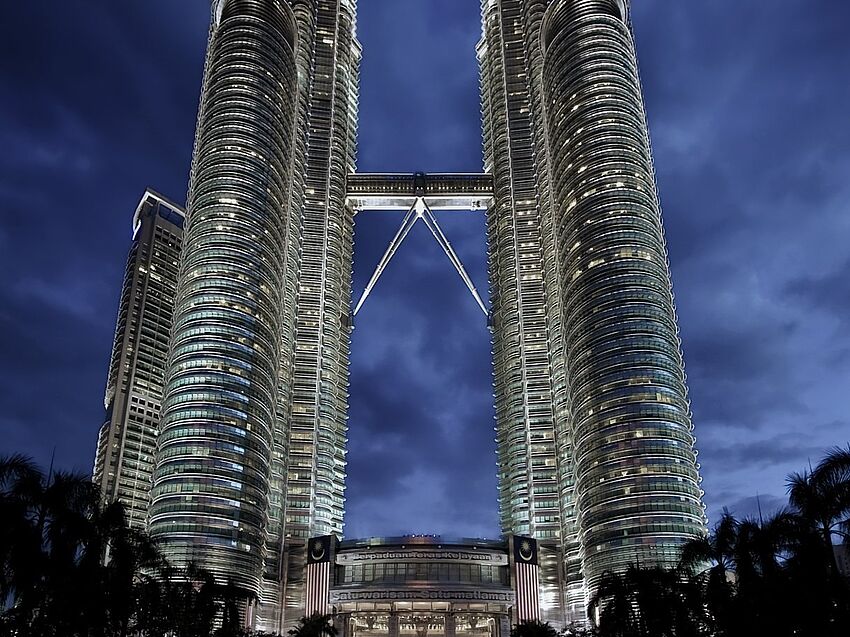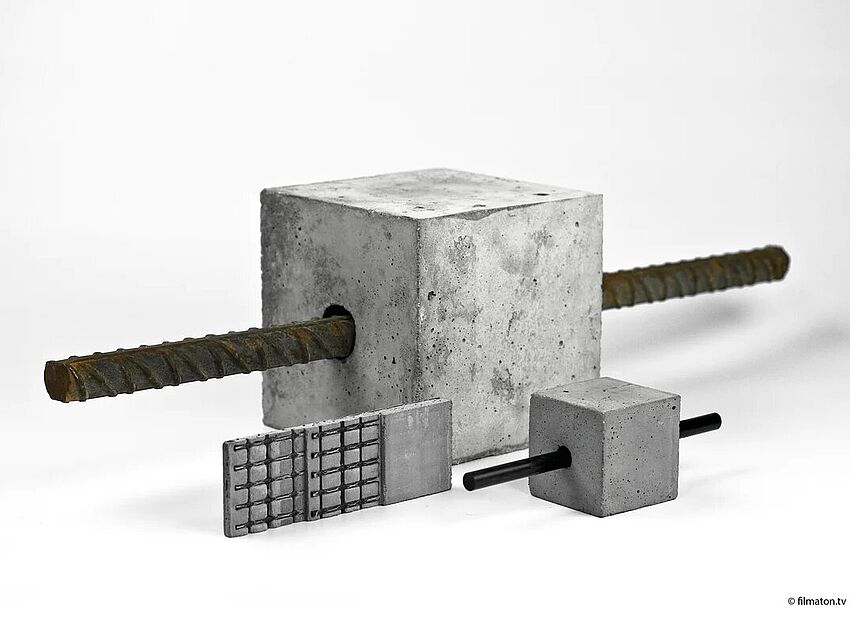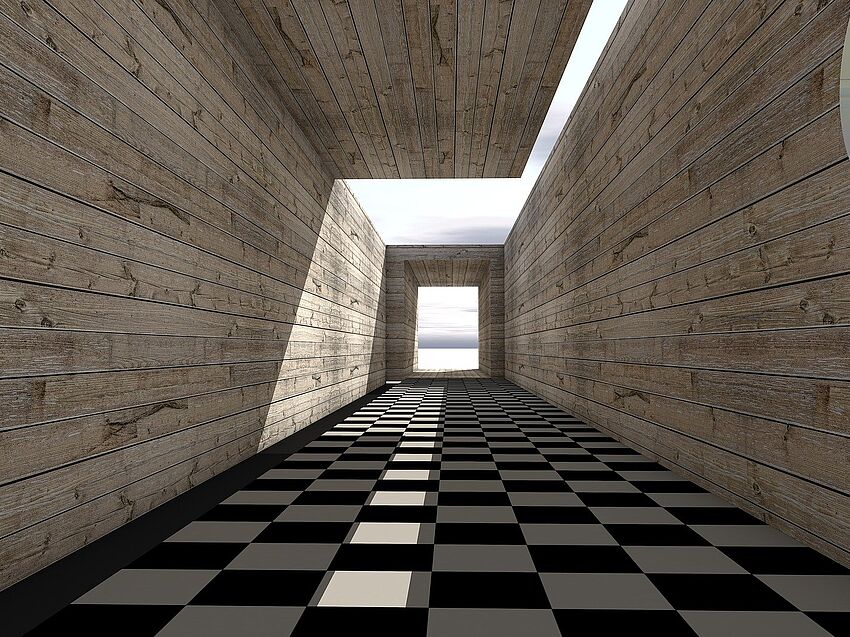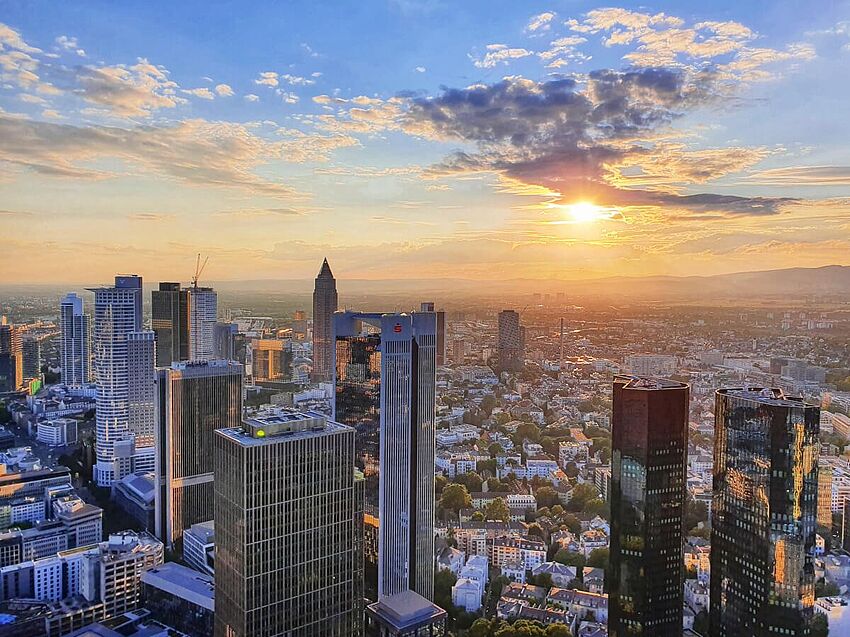The 20 most expensive buildings in the world: from super mosques to luxury casinos
It's not easy if you want to create your own individual home in a popular major city. Fallow land is rare, is often too expensive for one family alone and usually cannot be developed with a single family home according to the zoning map. For those who still do not want to buy a nearly finished planned apartment from a developer, there is still a way to get the individual design of your own four walls: You build together with other homeowners. Such building communities not only offer significant benefits for the builders, but they also benefit the cities.

A building community is a group of several individuals who plan, build or remodel together for their own use or for rentals. They are also called building groups or it is called democratic or participatory planning and construction. After the parties willing to build have come together in a community of interest, they usually found a civil law company, through which they jointly act and are liable as a builder. Alternatives to this are the founding of a cooperative or an association.
Advantages: cheaper and free
The big advantage over purchasing from a developer is initially the price. Building communities alone save about 15 percent due to the lack of developer profits. The real estate transfer tax is also much lower, since it only applies to the plot or - for a renovation project - for this and the old building, but not for the apartments or the reconstruction. In addition to this strong financial argument, of course, the individual design options already mentioned speak for a construction community. The individual parties can therefore have their respective unit planned at their own discretion and have a say in the design of the common areas.
Disadvantages: there is no easy way
This brings us to the disadvantages. Building communities are democratically organized. Every decision must ultimately be made collectively. In the worst case, therefore, the community, which theoretically should be the basis of individual freedom of choice, can be doomed - namely when people simply disagree. People who lack the necessary willingness to compromise on democratic decisions are therefore urgently advised to avoid participatory construction. In addition, building groups demand a high degree of self-commitment and time, precisely because everything has to be decided and discussed together. In addition, a building community bears the entire principal's risk.
Better cities thanks to democratic building
Building communities can be a blessing for cities. Unlike profit-oriented property developers, building groups are people who will largely use the property they build after it is built. They identify with the neighborhood and often actively and creatively contribute to its improvement and beautification. The individual construction projects also prevent the creation of monostructures. Some cities therefore deliberately promote the model of democratic building. For example, the city of Hamburg reserves around 20 percent of the plots suitable for multi-story housing construction for building communities. These are awarded at a fixed price and in the concept procedure.
Cities can browse different concept procedures to find which one is good for them. Building communities often have the better ideas here. For example, the collective Frizz23 won in the struggle for a coveted 2,500 square meter plot in Berlin-Kreuzberg in 2014, even though the highest bidder had offered a half million euros more. The concept provides for a mixed use of art and creative industries, education, mini-lofts, retail and restaurants. Incidentally, it was no coincidence that the architect Matthew Griffin, a man of the trade, was the founder of the project. Also it generally applies: Professional project support is essential to be able to meet the envisaged costs, deadlines and qualities of a building project.




